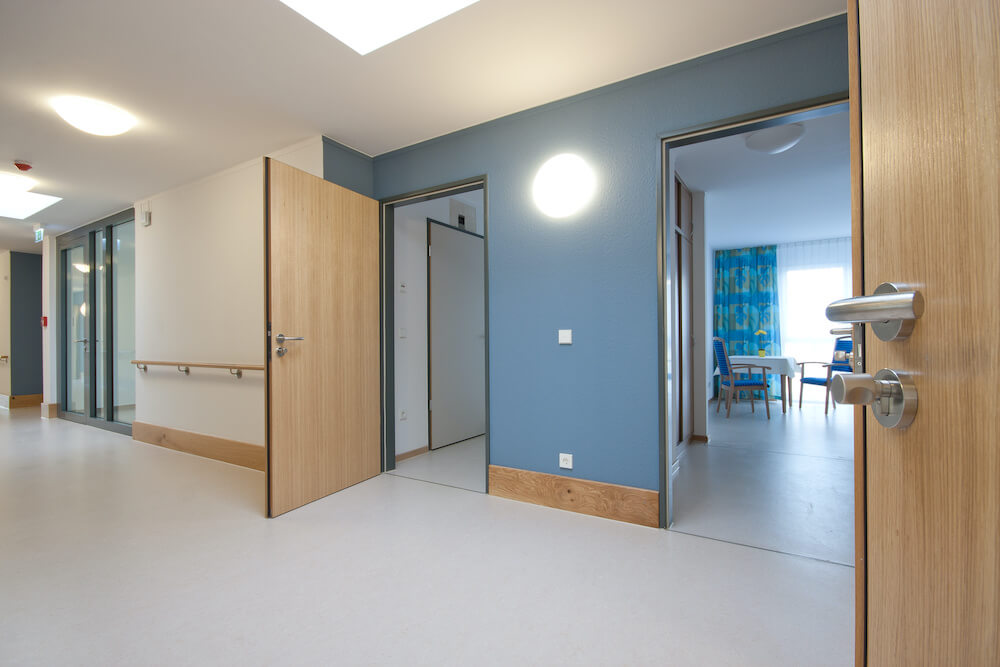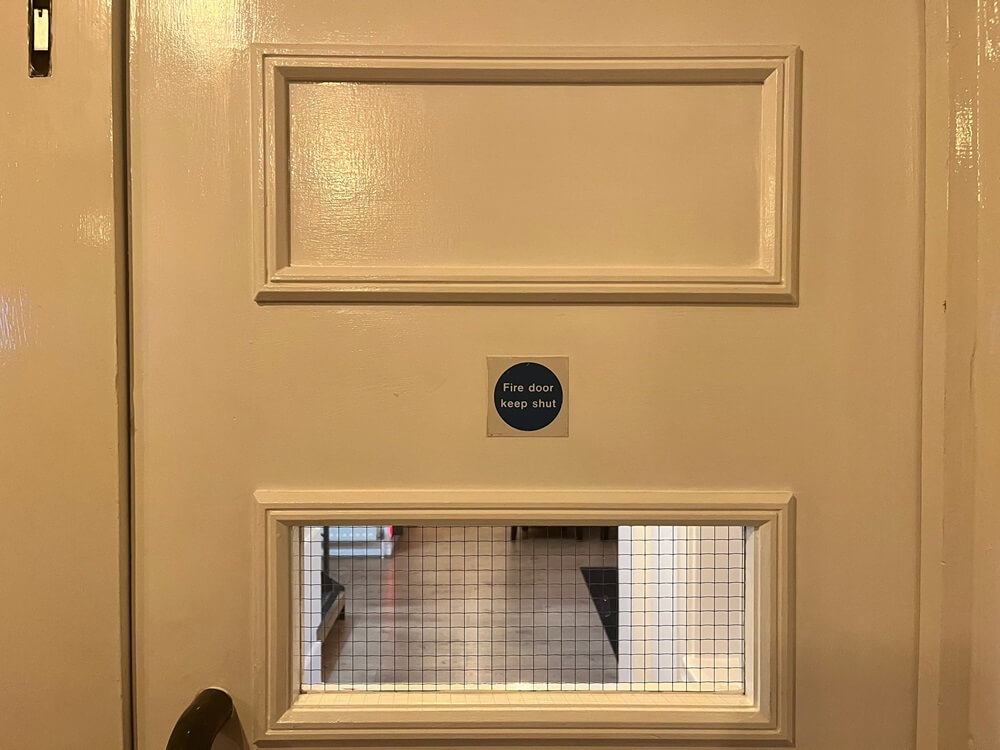Fire Door Property Management: The Key to Fire Safety
Fire doors play a quintessential part in fire protection strategies within buildings. Embodying both functional and legal imperatives, they serve as the barrier that curtails the rampage of flames and smoke, buying precious time for evacuation and enabling fire services to intervene. When constructed to the highest standards, attested by a BWF-certified manufacturer and complete with third-party accreditation, a well-assembled fire door can stave off a conflagration for a minimum of half an hour, extending its lifespan and ensuring its effectiveness in protecting lives and property.
Key to fulfilling your fire safety obligations is not just the installation of the right calibre of fire doors but also complementing them with efficacious fire detection systems and potentially, sprinkler installations. Remember, the synergy of a door’s components – hinges, seals, handles, and glazing – is as pivotal as the door itself, ensuring structural integrity under duress, resisting the forces which might compromise its role as a crucial line of defence against fire and smoke proliferation. Proper maintenance of fire doors is also essential in upholding their effectiveness.
The Compelling Case for Fire Doors
Mandatory for any flat ingress onto common areas, fire doors are designed to be self-activating sentinels that close off on their own accord in a conflagration scenario, thereby barricading the fire and hindering its venomous smoke from invading escape routes and adjacent residences. Underpinned by legislation, such as The Regulatory Reform (Fire Safety) Order 2005, property owners bear the mantle of ensuring these installations meet stringent fire safety standards and fulfil their legal obligation – a task made manageable through resources like the Fire Doors Checklist.
Tenant Awareness: Empowerment Through Knowledge
As a tenant, it’s pivotal to be clued up about fire door safety. Peruse our advisory content to discern how you can verify that the fire doors within your living space are not merely present but are performing optimally.

Delving into the Nitty-Gritty of Fire Door Maintenance
Not all responsibility falls upon the shoulders of property owners – shared areas within HMOs, flats, and maisonettes are also subject to conscientious oversight. While older ‘Notional fire doors’ may seem relics of bygone standards, they can still represent acceptable protective measures provided their condition has not deteriorated. Yet, upgrades and modifications to modern fireproof offerings replete with intumescent strips and cold smoke seals may be requisite to align with current expectations.
Furthermore, the installation of windows within fire doors, under the guise of vision panels, and the addition of hygienic handles in response to public health concerns, must be managed without compromising the door’s structural and functional integrity. As with all specifications, the exacting standards for hinges and aperture fittings such as letterboxes must be respected to sustain the door’s defensive properties.
Wisdom from the Firefighting Frontlines
To guarantee the reliability of fire door installations, heed the counsel of experts – always opt for reputable professionals to carry out installations. Regular verification of door standards, seals, components, and closure mechanisms is mandatory. DNA embedded in each fire door is a litany of technical approvals – from British Standard (BS) 476 Part 22 to its European equivalents – serving as your assurance of performance under pressure.
What’s non-negotiable is maintaining discipline in use; namely, not succumbing to the temptation to prop these doors open or to delegate maintenance to unqualified persons. Only through a culture of rigour and respect for their function can fire doors perform their role as silent guardians, ready to act should the unthinkable occur.
Frequency of Fire Door Inspections: A Calculated Approach
The regiment of inspections for fire doors often hinges upon the nature of the premises. While guidance such as the BWF-CERTFIRE Best Practice Guide advises biannual checks, a risk-assessed strategy also holds merit, accommodating the diversity of building uses and occupant profiles. Nonetheless, in hotels and habitations housing individuals with reduced mobility or reaction speed, stringent adherence to semiannual inspections becomes even more critical, especially in a newly occupied building.
In the grand scheme of fire safety, the fire door is not merely an installation but a pivotal contributor to the overall scheme of protection and prevention. It’s a dynamic equation where legal compliance harmonises with conscientious stewardship, equating to safety, security, and peace of mind for everyone within the building’s embrace. Regular inspections of fire doors are crucial in ensuring their effectiveness in the event of a fire.

What Do I Need to Know About Fire Doors?
Why are fire doors crucial for your safety? Learn more about the significance, legal requirements, and maintenance of fire doors to ensure optimal fire safety in your premises.
Why do I need fire doors?
Fire doors are designed to withstand fire for up to 30 minutes, a legal requirement for flats sharing communal areas, ensuring protected escape routes in case of a fire.
Who is responsible for fire doors?
If you manage a property, you are responsible for fire safety. This includes all buildings, except individual private homes. Property managers must ensure shared areas comply with safety standards.
Are old doors still effective?
Older ‘notional’ fire doors may still be effective if in good condition. Modern doors have intumescent strips and cold smoke seals. Replacement doors should meet current fire-resistant standards.
Can I have a window in a fire door?
Yes, fire doors can have glazed ‘vision panels.’ Retrofitting glazing requires a door specialist. Ensure compliance with testing procedures and seek information from the BWF-CERTIFIRE scheme.
How often should fire doors be checked?
The frequency of checks depends on the circumstances. While BWF-CERTFIRE suggests every 6 months, a risk-assessed approach may be suitable. Essential for hotels or buildings with occupants who may struggle to respond quickly to a fire.

